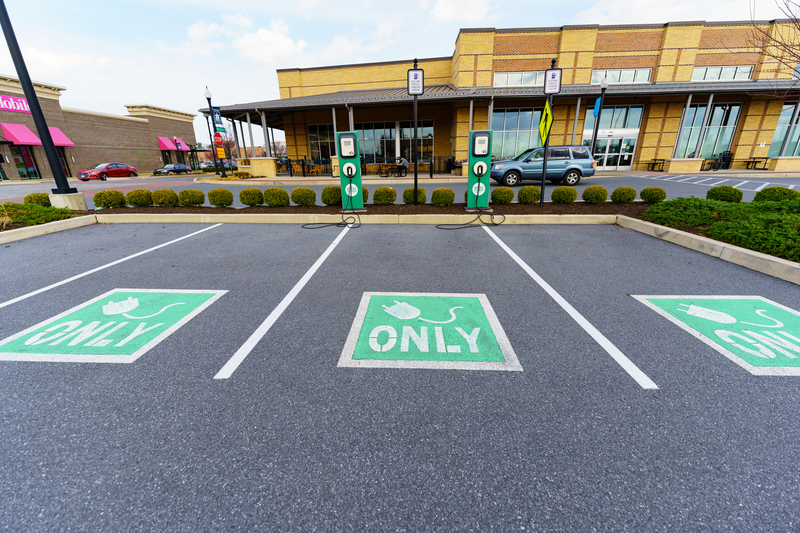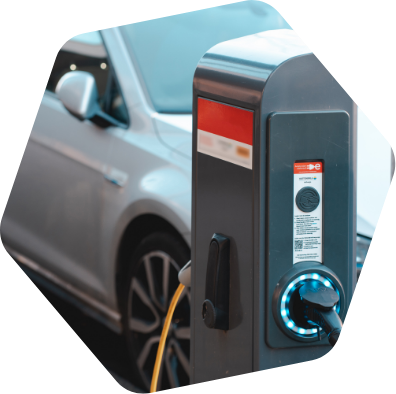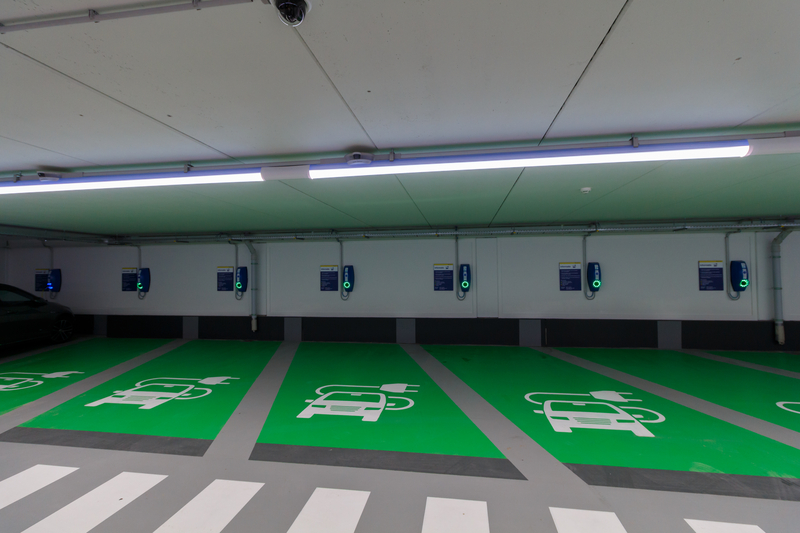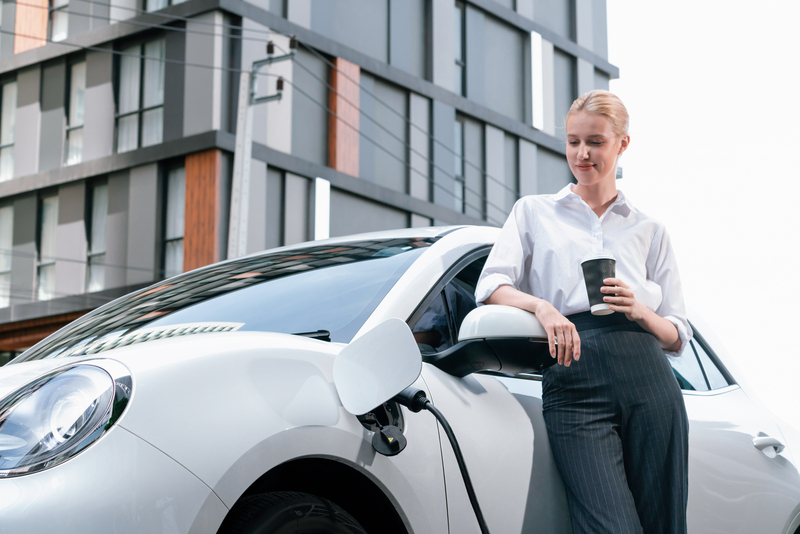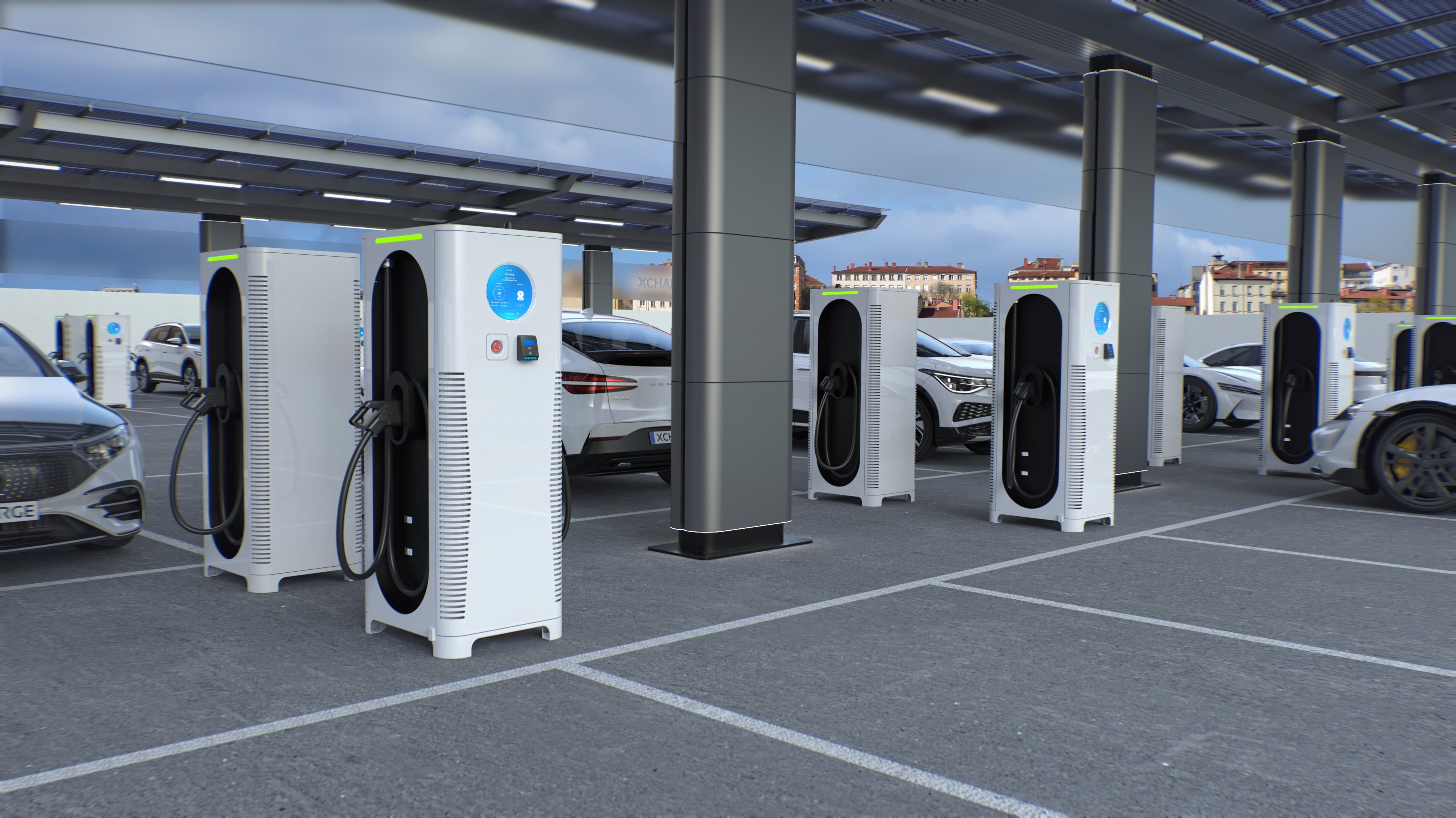
Will Jenkins, EV charging solutions director, CBRE/GWS says that a lot goes into selecting a great site, with one major factor being the available incentives and rebates to offset the capital constraints.
The US government is currently providing a total of US$7.5bn in funding for EV charging projects through the NEVI and CFI programs.
Speaking at the EV Charging 101 virtual event, Jenkins said: "It's a terrific start because it's a bucket of money. It's not guaranteed to be here for long so take advantage of that while you can."
Greg Brenner, MD of technical advisory services for EV chargepoint installer WB Engineers+Consultants, says that a lot of questions in EV charging installations focus around leased property and owned property.
"Your return on investment varies if you own it versus if you lease it, because of the substantial costs of infrastructure improvements," Brenner says.
Sarah MacLean, team leader - national EV infrastructure at WB Engineers+Consultants, says that once a property/site has been selected, the next question is where to install the EV chargers there.
"There's a lot things that go into that. How close are you to the power that you are going to be sourcing from, whether that's the existing building power or a new service from the utility," she adds. "The further you get away from that point of connection the more expensive that installation is going to be."
Mike Hall, at EV solutions provider Miller Electric, says that the first thing that charging installation clients say is that they want to charge fast, but it is not always understood what is required for this.
"We try and figure out what the use case of the charger is, and how long users are going to dwell at the charging location," says Hall. "That helps with figuring out what type of chargers would be best for that application."
He says 3kw Level 1 chargers are suitable for home charging when vehicles are parked overnight. "Level 2 is something that we are really going to apply for fleet, workplace or multi-family dwellings. Level 1 and Level 2 charging are both AC-based. Level 2 is between 3.3kw all the way up to 19.2kw. Level 3 charging is straight DC power going to the batteries."
Hall adds that some on-road Level 3 chargers provide up to 350kw of power and that level of charging will be the most costly to deploy, usually requiring a utility and infrastructure upgrade.



